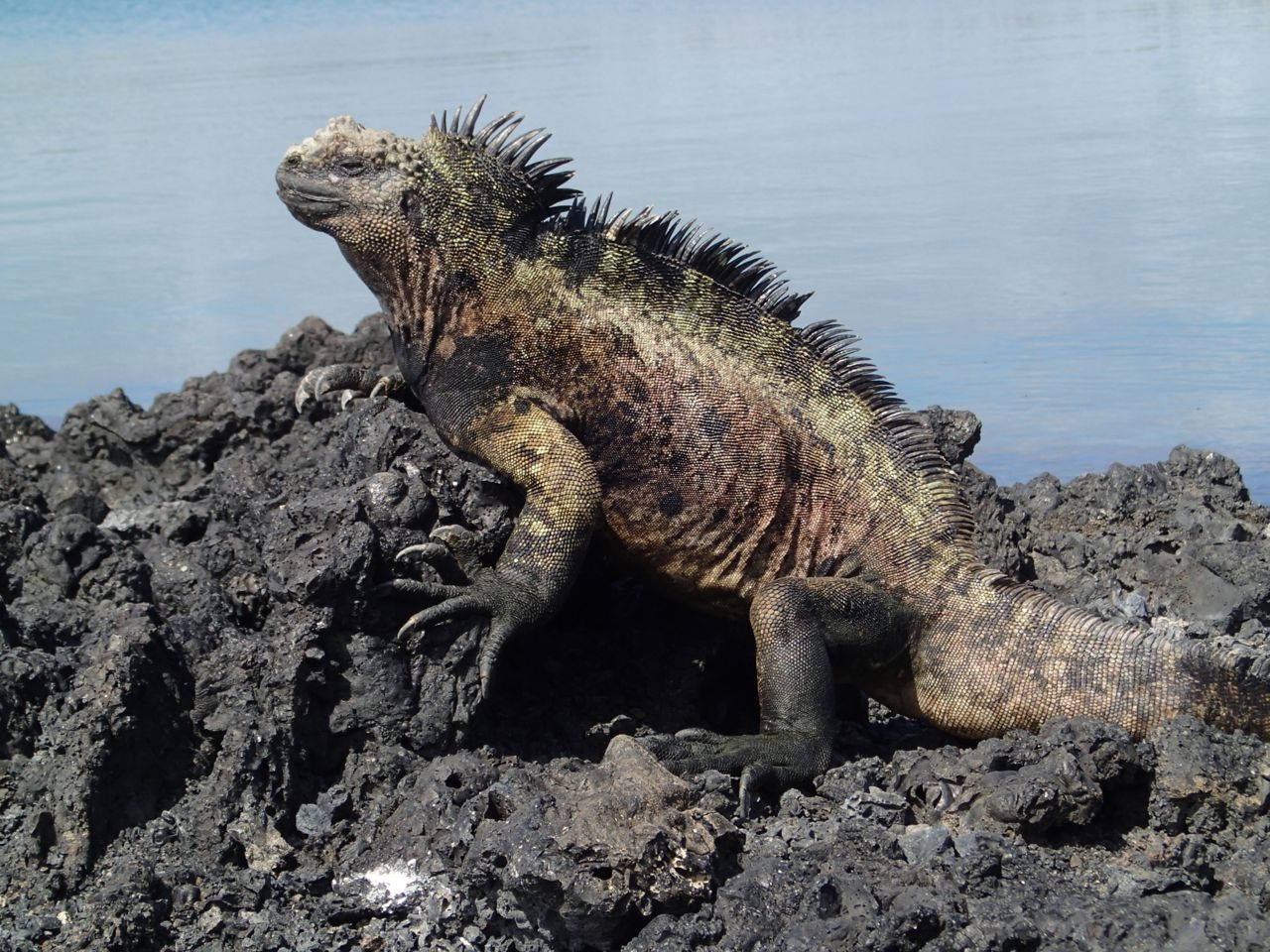

The first development of a clear theoretical framework to study adaptive radiation can be traced back to the Modern Synthesis, with significant contributions from Lack 1983, Simpson 1984, and Simpson 1953.
#Adaptive radiation island series#
The question of why and how a single lineage evolves to become a series of slightly modified versions of its ancestor, often with each variant filling a correspondingly different role and/or space in the ecological landscape, formed one of the primary examples in the theory of natural selection published in Darwin 1872 and remains of great scientific interest. Because most cases of adaptive radiation in nature necessarily unfold over extended time periods, scientists have relied extensively on comparative and inference methods to deduce its evolutionary and ecological underpinnings. The remarkable phenotypic and ecological diversification characteristic of adaptive radiation has long intrigued scientists, who have described the phenomenon for many lineages and are now just beginning to understand its underlying mechanisms. The radiating lineages are often much more diverse in their ecological functions within the ecosystem than their closest less diverse relatives. Many adaptive radiations are found in discontinuous habitats, where lineages have diverged and multiplied in a replicate manner down a chain of islands, lakes, mountaintops, plant hosts, and so forth. With their remarkable species richness, which is often accompanied by striking morphological diversity, adaptive radiations are the ultimate showcases of evolution through natural selection. Here, we test that prediction, and find that while most of our data are in line with the flexible stem hypothesis, some are in tension with it.Adaptive radiation, defined as the evolution of ecological diversity within a rapidly multiplying lineage, can be considered the linchpin that unites ecology with evolution and is central to understanding evolutionary processes overall. The flexible stem hypothesis predicts that we will find high levels of these capacities in all species of Darwin's finches (not just those using innovative techniques). In this paper, we identify cognitive capacities on which flexibility and innovation depend. Their current behaviour is consistent with this hypothesis as these birds use unusual resources by extraordinary means. This process subsequently led to diversification and speciation of the Darwin's finches. Phenotypic variation was initially mediated by learning, but genetic accommodation entrenched differences and supplemented them with morphological adaptations. According to this hypothesis, the ancestral finches were flexible and therefore able to adapt to the new and harsh environment they encountered by exploiting new food types and developing new foraging techniques. One hypothesis attempting to identify the extra factor is the flexible stem hypothesis, connecting individual adaptability to species richness. The ecological diversity of the Galápagos in part explains that radiation, but the fact that other founder species did not radiate suggests that other factors are also important.

Darwin's finches are a classic example of adaptive radiation.


 0 kommentar(er)
0 kommentar(er)
